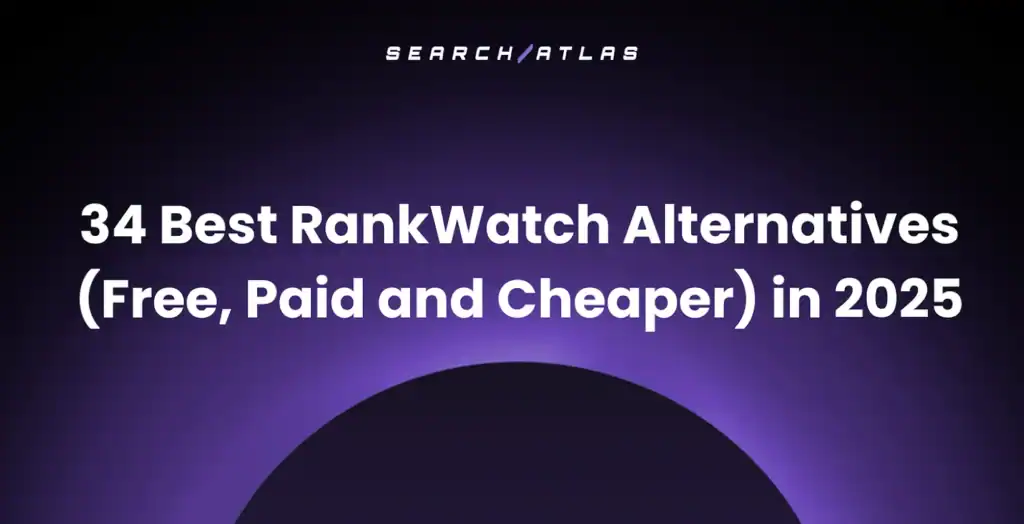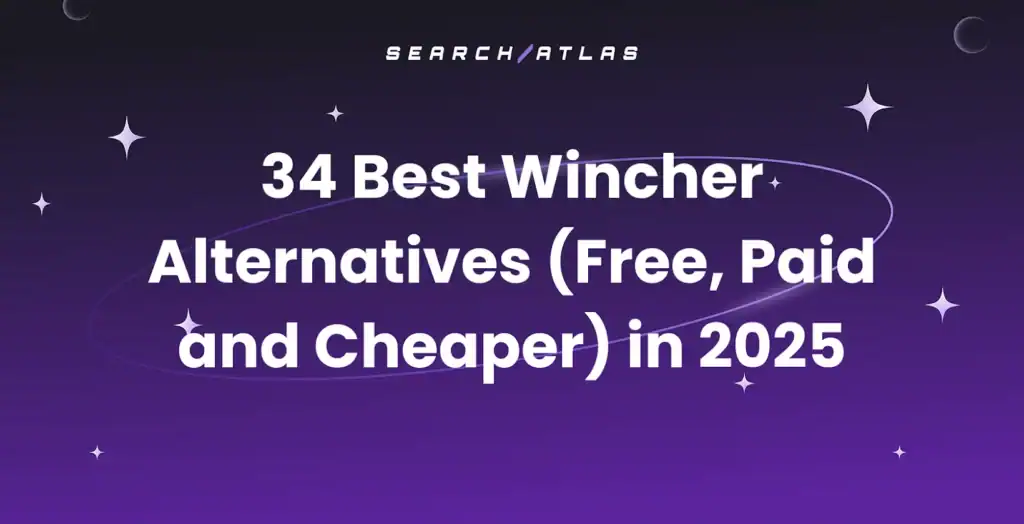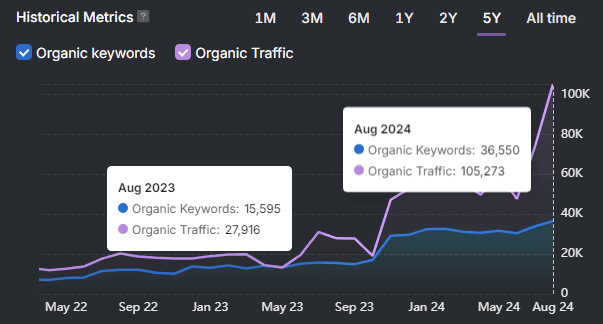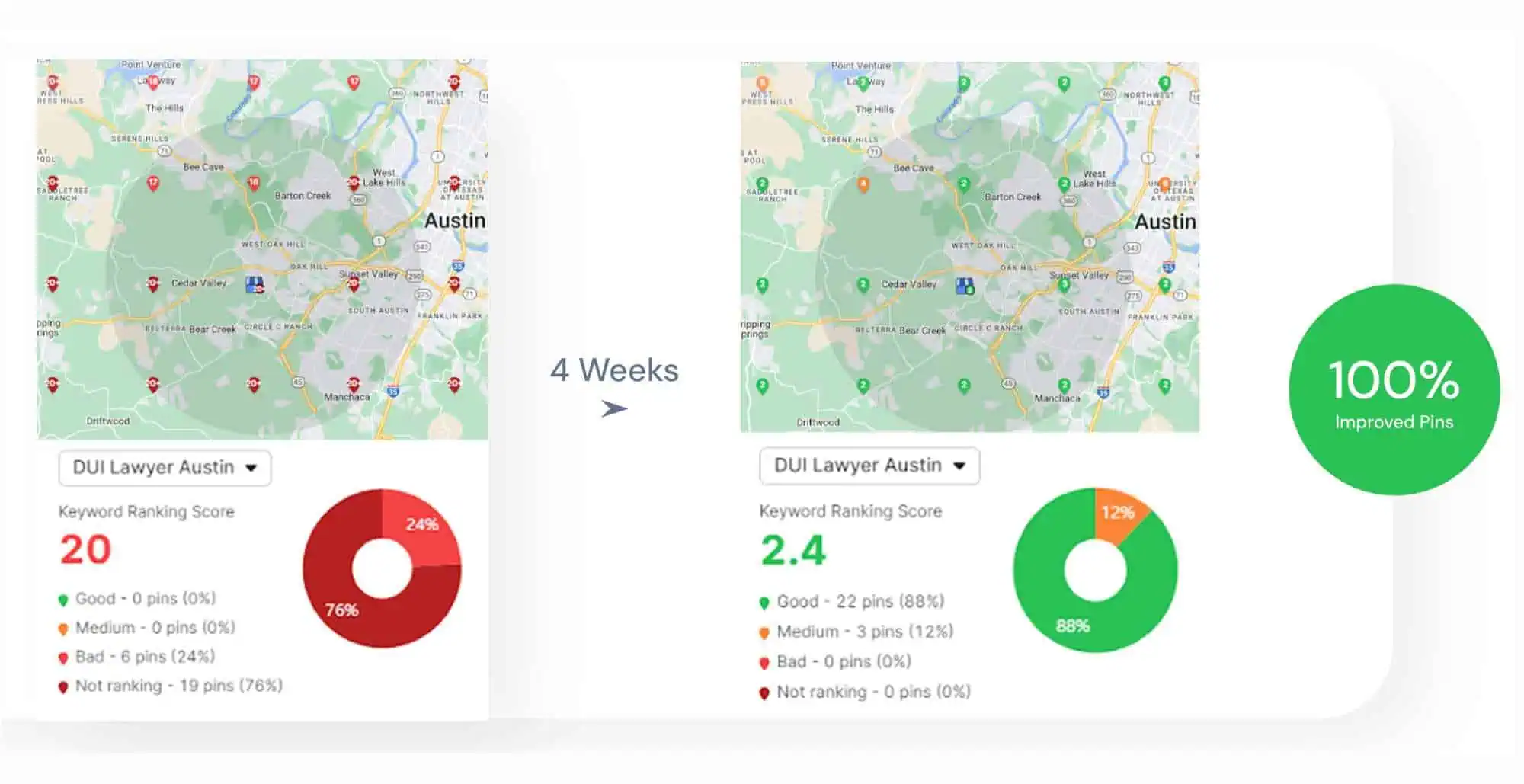SEO best practices are proven strategies that help websites rank higher in search engine results pages (SERPs). SEO best practices align with search engine guidelines to improve organic visibility, enhance user experience, and increase relevant traffic. Following established SEO best practices creates the framework for sustainable ranking growth across different website types and industries.
The best SEO practices include optimizing content for search intent, creating mobile-friendly experiences, and building high-quality backlinks. While search engines regularly update their algorithms, the core search engine optimization best practices remain valuable because they focus on delivering what users and search engines want, which is relevant, accessible, and trustworthy content.
What Are SEO Best Practices?
SEO best practices are the established set of optimization strategies and standards that improve a website’s visibility in organic search results and comply with search engine guidelines. SEO best practices correlate with search systems like Google’s Helpful Content Update, Page Experience signals, and semantic understanding models like BERT.
Best practices for SEO focus on providing value to users first, then optimizing for search engine discoverability. Search engines evaluate hundreds of signals to determine rankings and best practices that address the most influential factors across user experience, backlink authority, content quality, and technical structure.
Google and other search engines regularly update their algorithms, but websites that consistently apply established holistic SEO practices maintain stronger performance and resilience against updates. Since search engines aim to deliver the most useful results to their users, effective SEO practices ultimately align website optimization with user needs and intent.
What Are the Top 10 SEO Best Practices?
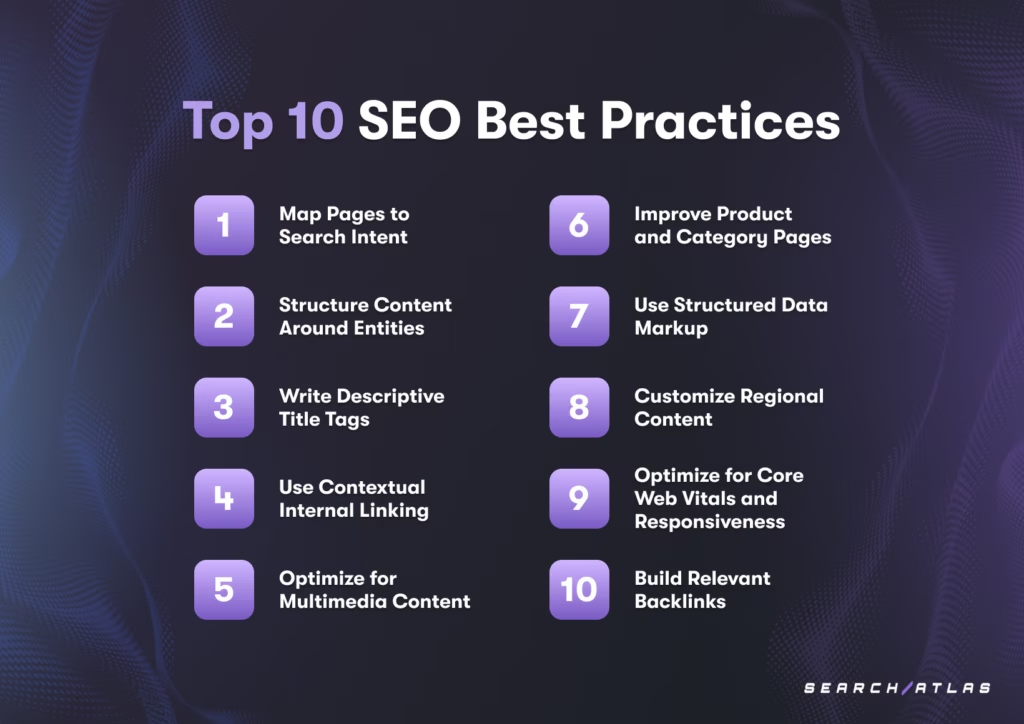
The top 10 SEO best practices are the most consistent ways to improve how pages are evaluated, indexed, and ranked in search results. This top SEO best practices checklist outlines the tested, good SEO practices that continue to support performance and visibility over time.
Each entry focuses on one of the best SEO strategies to strengthen page experience, website authority, content quality, and technical accessibility.
The top 10 SEO best practices are listed below.
1. Map Pages to Search Intent Using Keyword Clusters
Mapping pages to search intent using keyword clusters is the process of organizing your content around semantically related queries that match user intent. Mapping pages to search intent (informational, navigational, commercial, or transactional) aligns each page with a specific search behavior and improves your visibility across the long tail of related keywords.
Mapping pages using keyword clustering is one of the SEO optimization best practices because it improves content alignment with user expectations, prevents keyword cannibalization, boosts topical authority, and increases SERP coverage.
To map keyword clusters to search intent, follow the 3 steps below.
1. Identify core topics from your business goals. List the main entities, products, or services your business offers. The core topics will serve as the anchor points for your keyword clusters.
For example, a topic can be “email marketing software”, “digital event promotion”, or “local SEO tools”. Each topic represents a distinct concept that can be developed into a full content cluster.
2. Generate a keyword cluster. Use a specialized tool like the Search Atlas Content Planner Tool to find keyword clusters based on the similarity of phrasing and intent.
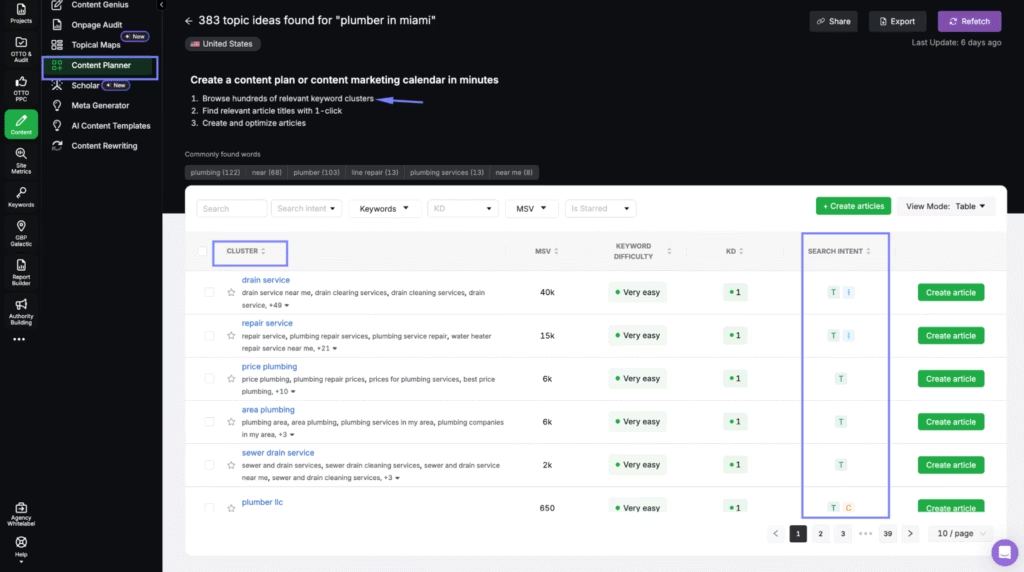
The Search Atlas Content Planner Tool will automatically include synonyms, long-tail modifiers, branded variations, and question-based queries.
3. Assign one page per primary intent cluster. Create a dedicated page for each unique intent group. The Search Atlas Content Planner Tool lets you create an article from the cluster and include all the relevant keywords.
Mapping pages to search intent using keyword clusters is one of the SEO keyword best practices that prevents internal competition, improves crawl efficiency, and increases the page’s ranking power. You can use the keyword research SEO best practices to learn how to create high-impact clusters based on user intent and search behavior patterns.
2. Structure Content Around Entities
Structuring content around entities organizes information to match how search engines understand relationships between concepts, people, places, and things. Semantic entities create clear connections that help search engines categorize and contextualize your SEO content within the broader knowledge graph.
To structure content around entities, identify the main subjects and their attributes within your topic.
For example, a page about “electric cars” should define related entities like “battery types,” “charging infrastructure,” and “driving range” with their connections to the primary topic. This is one of the SEO content best practices because it improves topic coverage, aligns with Google’s NLP processes, and increases the chances of ranking for entity-related variations.
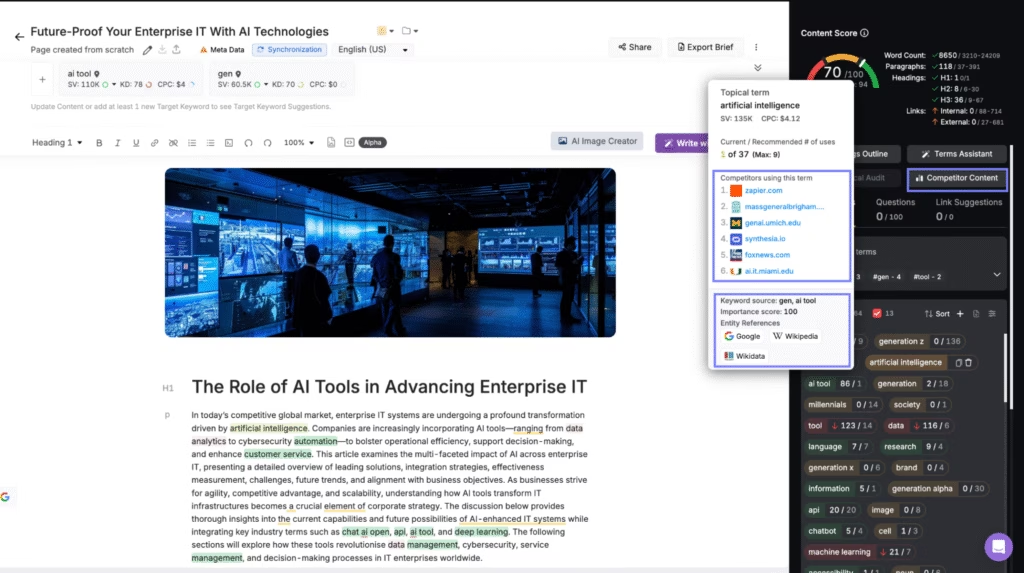
The Search Atlas Content Genius Tool does a great job of structuring your content around entities and filling in topical gaps. The Search Atlas Content Genius Tool analyzes SERPs for your target terms to identify expected content elements, common questions, and related topics, and compares them to your competitors.
3. Write Descriptive Title Tags
Title tags (meta titles or meta title tags) are the HTML elements that appear as the primary text in the SERP’s and establish the content’s core focus. A title tag acts as the clickable headline in Google’s results and is often the first impression a user has of your page. On-page SEO title tags best practices combine keyword relevance with language that motivates user action.
To write descriptive title tags that match search queries, follow the SEO title tag best practices outlined below.
- Place your target keyword at the beginning of the title for higher relevance.
- Add contextual modifiers (like “tips,” “tools,” “2025,” or “checklist”) that clarify value.
- Match the query’s intent in the way listed below.
- Homepages need brand names paired with brief value propositions.
- Category pages use broader terms matching top-funnel searches.
- Blog posts perform best with specific, problem-solving titles that answer user questions directly.
- Product pages highlight key features alongside the product name for maximum relevance.
- Limit your title to 50-60 characters to avoid truncation in SERPs.
- Avoid keyword stuffing or repeating the same term.
Well-optimized titles directly improve click-through rate, reduce bounce, and strengthen your alignment with user intent signals. Search engines evaluate the relevance of your title to rank your page for the query.
4. Use Contextual Internal Linking to Reinforce Site Architecture
Using internal linking to reinforce site architecture involves connecting related pages within your website to build logical pathways for users and search engines. Internal links define content relationships, guide crawl behavior, and distribute ranking signals across your domain.
Smart internal linking is one of the most effective SEO links best practices because it improves crawl efficiency, consolidates topical clusters, and increases the visibility of underperforming or orphaned pages. When structured correctly, internal links create a hierarchy that mirrors your site’s core themes and intent layers.
To reinforce site architecture, follow the internal linking SEO best practices listed below.
- Link from high-authority pages to content that needs visibility.
- Use descriptive anchor text that reflects the target page’s topic.
- Add links near the middle or end of paragraphs, not at the top.
- Limit links per page to preserve value and avoid clutter.
- Prioritize relevance. Only link pages that share search intent or topical overlap.
The Search Atlas Page Explorer within the Search Atlas Site Audit Tool identifies pages with strong authority and pages that need more attention, like orphaned pages. You can use the Search Atlas Site Audit Tool to pinpoint strategic link opportunities and improve your internal SEO framework.
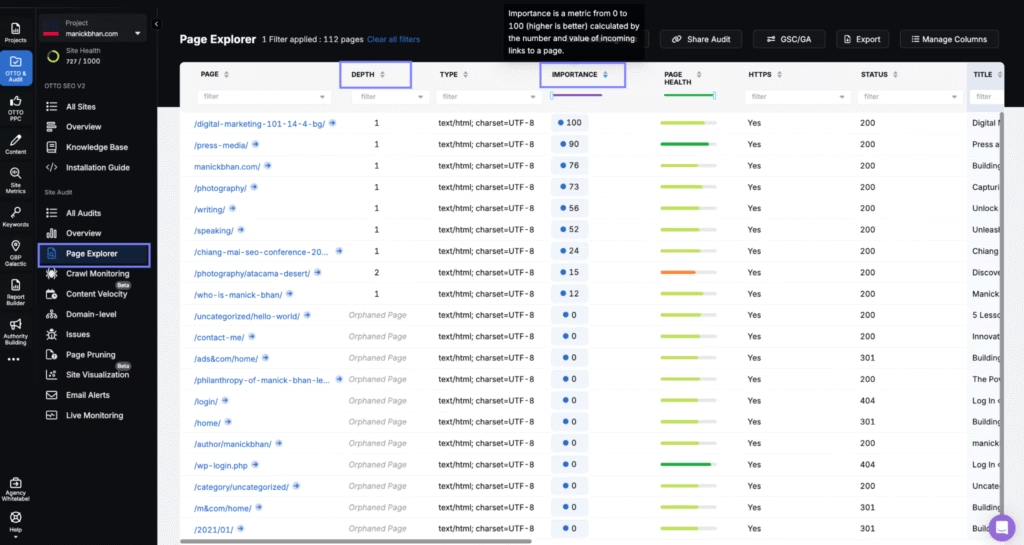
5. Optimize Multimedia Content for Video and Image Search
Optimizing multimedia content for video and image search involves enhancing visual elements so they rank in Google’s image packs, video carousels, and rich results. Google increasingly surfaces multimedia assets in SERPs, especially videos from YouTube, which it owns and favors across blended search results and Discover feeds.
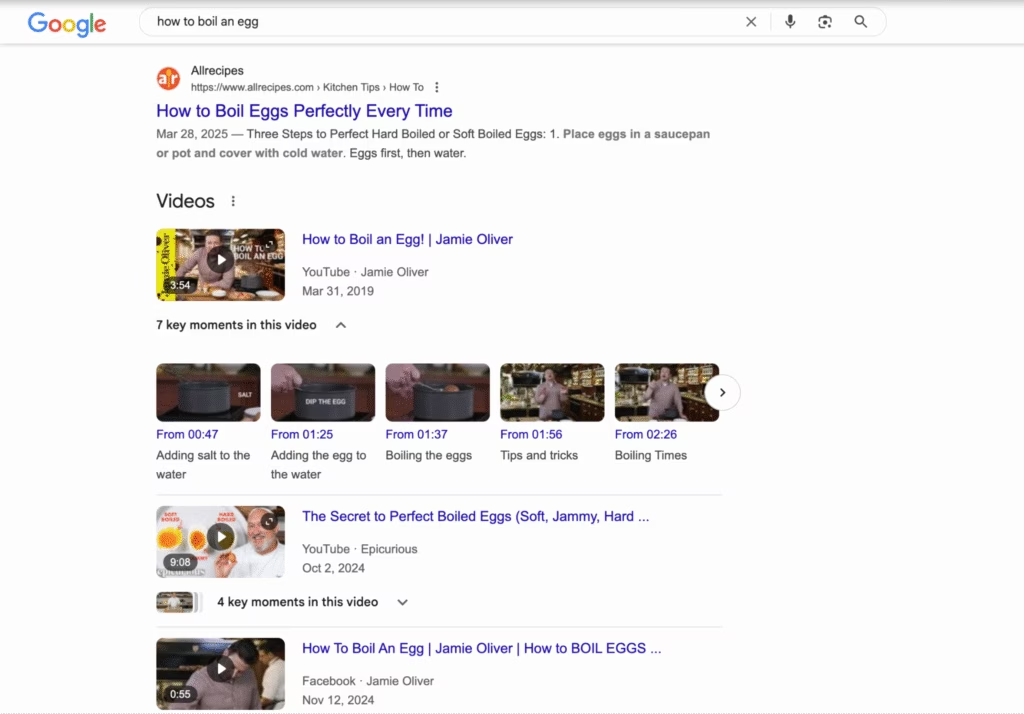
Multimedia content increases content visibility across vertical search engines and generates higher engagement through visual appeal. Optimized images and videos reduce bounce rates, improve time on site, and expand your ranking footprint.
Optimize multimedia content for image SEO and video SEO using the tips below.
- Rename image and video files using descriptive, keyword-based filenames.
- Add concise, accurate alt text that describes the media and includes relevant terms.
- Compress file sizes for faster page loads and better Core Web Vitals.
- Use schema markup (ImageObject, VideoObject) to increase eligibility for rich results.
- Embed YouTube videos near related text content and provide keyword-aligned titles and descriptions.
YouTube is increasingly dominant in Google’s video results, so optimizing your content using the video SEO best practices in 2025 and beyond ensures better indexing, visibility, and traffic from Google’s preferred video platform.
6. Improve Product and Category Pages With Search-Optimized Content
Improving product and category pages with targeted SEO copy boosts rankings for transactional keywords and enhances visibility in Google Shopping, rich results, and product carousels.
Search-optimized content helps differentiate product pages from competitors. It answers key buyer questions, increases keyword coverage, and improves content uniqueness. Optimizing category pages reinforces topical relevance for broader purchase-intent terms.
Follow the ecommerce SEO best practices to improve product and category page performance as listed below.
- Write original product descriptions that include benefits, specifications, and use cases.
- Add comparison points, FAQs, or customer testimonials to increase information gain.
- Use high-intent modifiers like “buy,” “cheap,” “reviewed,” and “best [product] for [use case]” where appropriate.
- Include structured data like Product schema to display price, availability, and ratings in search results.
- Use internal links to connect category pages to related products and supporting blog content.
For stores on Shopify, WooCommerce, or Magento, these product page SEO best practices help drive more qualified traffic and conversions by improving topical depth and SERP appearance.
7. Use Structured Data Markup for Better Search Visibility
Adding structured data (schema markup) is one of the technical best SEO practices because it helps search engines classify your content. Structured data uses schema.org vocabulary to identify entities, relationships, and attributes within your content. The schema markup enables rich snippets and contributes to broader coverage across Google Search, Discover, and Assistant.
The most valuable schema types for SEO include the FAQ schema for question-based content, the Product schema for e-commerce pages, the Review schema for testimonials, and the Article schema for blog posts. Each schema type requires following technical SEO best practices and using JSON-LD format, which Google prefers over microdata or RDFa implementations.
For example, the FAQ schema allows your page to display expandable questions and answers directly in search results, which increases SERP real estate and click potential.
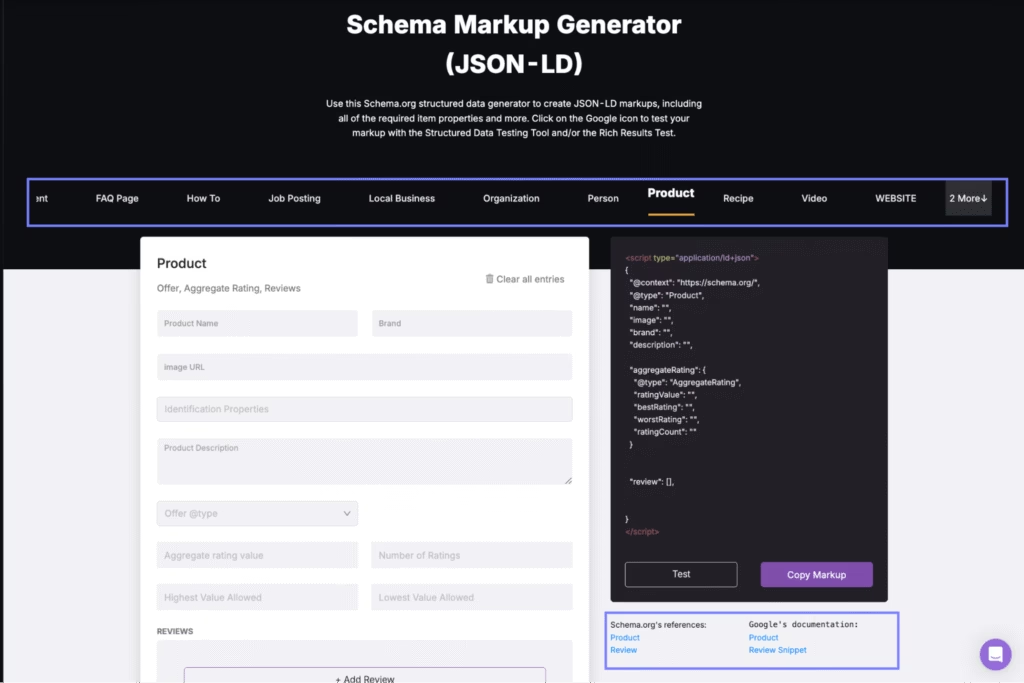
The Search Atlas Schema Markup Generator Tool builds correctly formatted JSON-LD schema code based on your content. The Search Atlas Schema Markup Generator Tool offers templates for common schema types and validates the markup against Google’s requirements.

8. Customize Regional Content Using Hreflang Tags and Local Signals
Customizing regional content using Hreflang tags and local signals adapts your website for language and location-based audiences. Hreflang tags tell Google which version of a page to show users in specific regions, while local signals (such as currency, contact details, and address schema) reinforce geographic targeting and international SEO.
Customizing content by region improves SEO because it prevents duplicate content issues, improves relevancy in country-specific SERPs, and aligns with how Google localizes search results. Pages with proper Hreflang markup and region-specific on-page elements are more likely to appear for users in their native language and country.
To customize regional content using Hreflang and local signals, follow the multilingual SEO best practices below.
- Use Hreflang tags to map language-region variants (e.g., en-us, en-gb, fr-ca) in the HTML head section or XML sitemap. For example, <link rel=”alternate” hreflang=”en-us” href=”https://example.com/en-us/”>.
- Match content formatting (dates, currencies, units) to each locale.
- Include localized metadata, including titles and meta descriptions.
- Use country-specific schema markup and consider ccTLDs or subdirectories with geotargeting.
- Host or cache region-specific resources close to the user’s location.
- Use region-based CTAs, testimonials, or delivery info for relevance.
For businesses targeting multiple locations, the international SEO best practices ensure you serve the most relevant version of content based on language and location.
9. Optimize Core Web Vitals and Mobile Responsiveness
Optimizing Core Web Vitals and mobile responsiveness improves user experience signals that directly influence search rankings. Core Web Vitals measure loading performance (LCP), interactivity (FID), and visual stability (CLS), the three key aspects of page experience.
Mobile responsiveness ensures content displays and functions properly across all device types. Google prioritizes mobile-friendly pages in mobile-first indexing.
To optimize Core Web Vitals and mobile responsiveness, implement the mobile SEO best practices listed below.
- Use responsive images with correct aspect ratios and size attributes.
- Eliminate render-blocking resources and unused JavaScript.
- Minimize layout shifts by predefining element dimensions.
- Apply lazy loading for offscreen assets.
- Use properly sized tap targets for links and buttons (at least 44×44 pixels).
- Implement readable font sizes without requiring zoom.
- Ensure forms work correctly on touch screens.
- Test on real devices using tools like Chrome DevTools or Search Atlas.
The Search Atlas Site Audit Tool monitors Core Web Vitals and mobile usability issues in real time. The Issues section of the Search Atlas Site Audit Tool identifies specific PSI bottlenecks and provides actionable recommendations for improvement.

Websites that meet PSI thresholds receive ranking preference, particularly in competitive niches.
10. Build Contextual Backlinks From Niche-Relevant Websites
Building contextual backlinks from niche-relevant websites increases authority, referral traffic, and ranking power. Contextual backlinks appear within relevant content, not somewhere in the footer or header, and signal a stronger endorsement to search engines. Niche relevance ensures the linking domain shares topical alignment with your content.
To build high-value backlinks, follow the off-page SEO best practices outlined below.
- Pitch guest posts to authoritative blogs in your vertical.
- Participate in expert roundups, niche podcasts, or webinars with backlinks to your site.
- Use digital PR to earn links from relevant news, product reviews, or industry analysis sites.
- Create linkable assets like tools, original research, or statistics pages.
- Monitor mentions of your brand or products and request link inclusion.
Search engines weigh backlinks more heavily when they come from thematically similar pages. Contextual links from real publishers pass more authority than directory links or comment spam. For scalable outreach, you can apply the off-page SEO best practices that focus on link quality, domain relevance, and topical trust signals.

To scale link acquisition efforts, use the Search Atlas Link Building Outreach and Digital PR Tools. The Search Atlas Link Building Outreach and Digital PR Tools uncover relevant backlink gaps, evaluate domain power, and automatically deploy contextual links through cloud stacks, press distribution, and editorial outreach.
Is It Easy to Practice SEO?
No, it is not easy to practice SEO because successful search optimization requires more than surface-level knowledge. Search engines do not rank pages based on keywords alone. Search engines evaluate how well a page satisfies intent, fits within a topical structure, performs technically, and earns trust through authority signals. Practicing SEO requires consistent action, analytical thinking, and the ability to work across content, technical performance, and link-building strategies.
To practice SEO, learn how search engines process information, publish content that matches real queries and make technical adjustments that improve visibility. Mastering SEO practices manually demands time and precision, which makes automation a strategic advantage.
How to Automate the Best SEO Practices Using Search Atlas OTTO SEO?
Automate the best SEO practices using Search Atlas OTTO SEO through AI-powered optimization that analyzes your website and deploys improvements across all ranking factors. Instead of implementing SEO improvements manually, Search Atlas OTTO SEO applies improvements site-wide using dynamic rendering, real-time auditing, and AI-generated fixes.
Once installed, OTTO SEO automatically executes best SEO practices. OTTO SEO writes optimized title tags and meta descriptions, adds internal links between semantically related pages, and injects missing headings, schema markup, and alt text enriched with NLP keywords. It identifies content gaps through Search Console data and deploys fixes using hidden display:none elements that improve SEO performance without changing visible content.
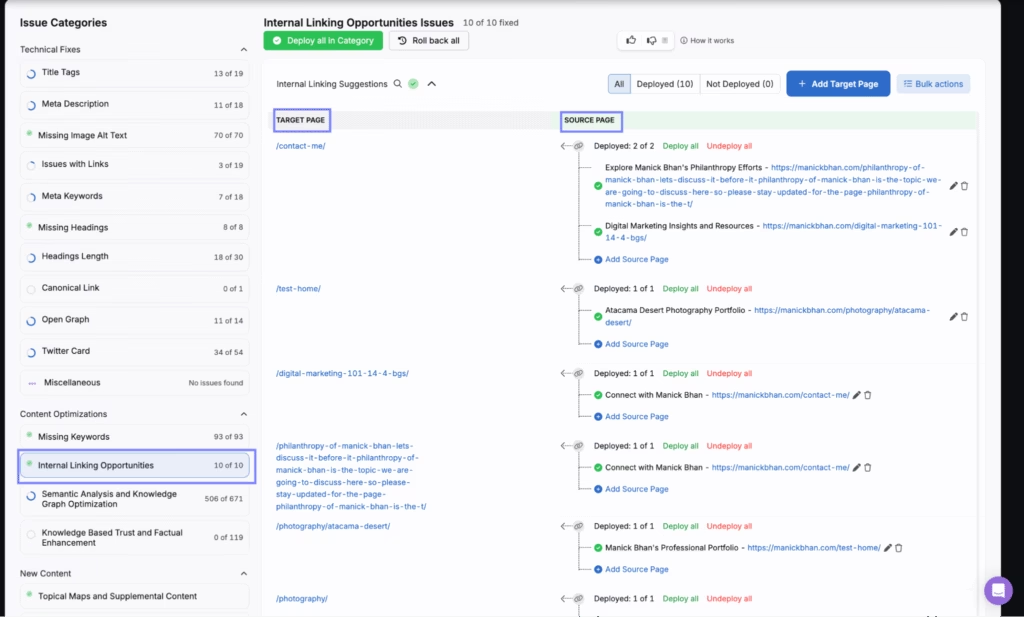
OTTO SEO improves technical SEO by resolving canonical errors, link redirects, and Core Web Vitals issues. You can create topical maps, generate fully structured articles, and publish content enriched with schema, internal links, and optimized metadata from a single dashboard.
For off-page SEO, Search Atlas OTTO SEO builds contextual backlinks using cloud stacks and automates press distribution to niche-relevant domains.
OTTO SEO’s automated solutions allow you to apply all 10 SEO best practices at scale, without the time and complexity of manual implementation.
What is the Relation Between SEO Best Practices and SEO Strategy?
SEO best practices are the tactical foundation of a strong SEO strategy. Best practices define the specific actions (like content structuring, internal linking, and technical optimization) that improve how pages perform in search. A strong SEO strategy organizes and prioritizes these specific actions based on goals, target queries, and competitive gaps.
The best SEO strategy applies best practices in a deliberate sequence to maximize visibility, relevance, and scalability. A strategy defines what to target and why. Best practices define how to execute that plan. A strategy without best practices produces no results. Best practices without a strategy waste effort.
To create a holistic SEO approach, explore an SEO strategy that connects search intent, site architecture, and authority-building into a single ranking framework.
What is the Difference Between SEO Best Practices and SEO Techniques?
SEO best practices are standardized, long-term optimization rules that align with search engine algorithms. SEO techniques are the tactical methods used to implement those rules in specific scenarios. Best practices remain consistent over time, while techniques evolve based on tools, trends, and competitive context.
The goal of SEO best practices is to build stable rankings by aligning with how search engines evaluate content, structure, and authority. For example, using schema markup to improve rich results visibility is a best practice.
The goal of SEO techniques is to apply SEO practices through specific actions. For instance, using the FAQ schema on support pages or adding display:none keyword injections are good SEO techniques that execute content optimization at scale.
SEO strategies and techniques vary across industries, but SEO best practices define the universal standards. Learn how to apply them in different contexts using SEO techniques that match your strategy.
What is the Difference Between SEO Best Practices and SEO Tips?
SEO best practices are authoritative guidelines supported by search engine algorithms. SEO tips are informal suggestions meant to help improve results, often shared by marketers based on personal experience or observation. Best SEO practices follow data and system rules. SEO tips lack consistency and depend on context or experimentation.
The goal of best practices is consistent search performance across all sites. For example, optimizing Core Web Vitals is a best practice because it matches Google’s Page Experience signals.
The goal of search optimization tips is to provide quick wins or edge cases. For instance, a tip might be to add a table of contents to improve jump link visibility or to bold keywords for better skimming. These may help, but they’re not guaranteed ranking factors.
Use SEO tips to supplement your efforts, but always prioritize SEO practices grounded in search engine documentation and algorithm signals.




